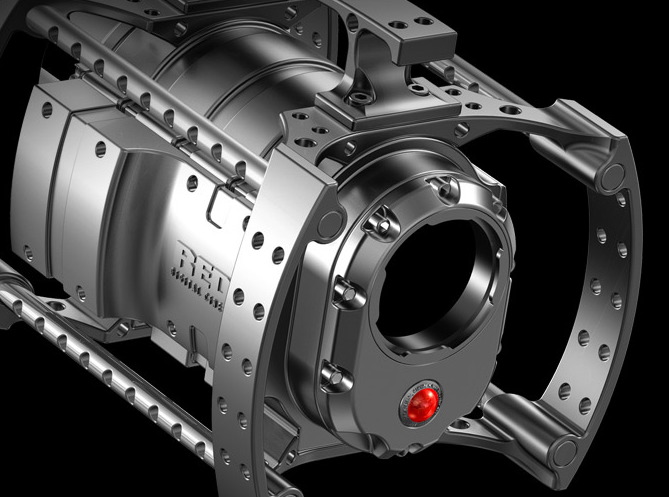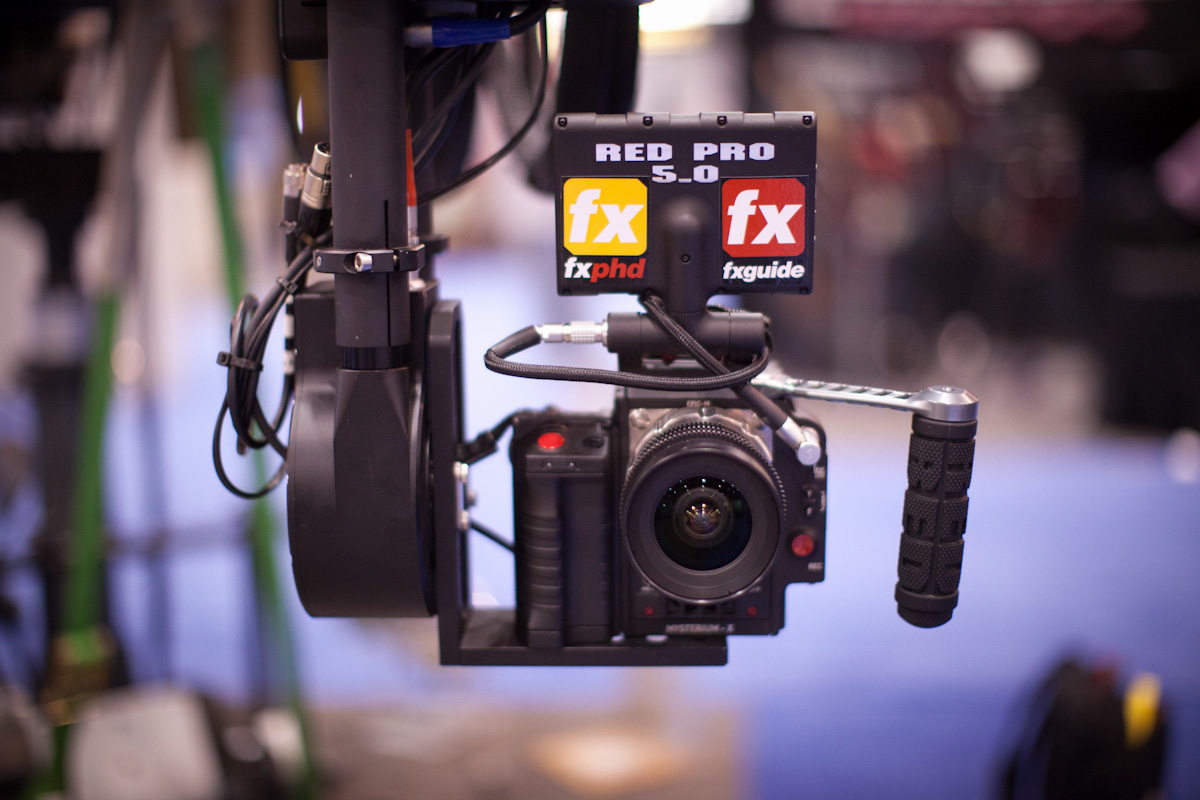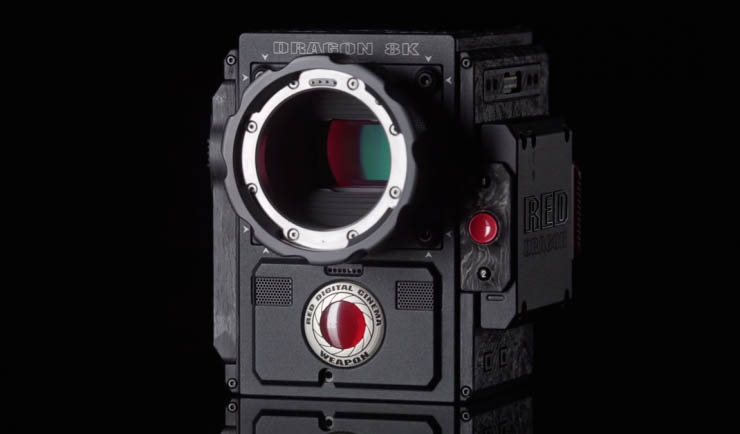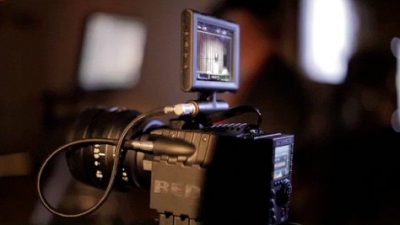
Today in Tokyo Nikon announced that it had entered into an agreement to acquire 100% of the outstanding membership interests of RED.com, LLC. This will make RED a wholly-owned subsidiary of Nikon. Having (nearly completed) a deal with Red’s founder Jim Jannard and Jarred Land, Red’s President.
The move places Nikon back in the race for high-end professional cinema cameras. Once upon a time, Nikon and Canon dominated SLRs. Canon has successfully expanded from this into the digital cinematography space, along with Arri and …RED. While still greatly respected, Nikon has failed to make a significant gain in this space—until now. This move also comes when the entire DSLR market has suffered major losses to computational photography possible on mobiles like the iPhone.
The professional digital cinematography market was democratized by RED.com when it appeared at NAB in 2005 with a 4K camera for $4K: The RED ONE. This move may well be another major shift in the cine market, with ramifications that will play out over the years. Competition is healthy for any industry, – but healthy competition requires resources and infrastructure. RED now has access to a global sales, support, and distribution network.

Since its establishment in 2005, RED has been at the forefront of digital cinema cameras, introducing industry-defining products such as the original RED ONE 4K to the cutting-edge V-RAPTOR with its proprietary RAW compression technology. RED’s contributions to the film industry have earned it an Academy Award and made it the camera of choice for independent filmmakers and many major Hollywood productions. RED has been committed to innovation and image quality since its founding.
The Nikon agreement signals the mutual aims of Nikon and RED to merge their strengths: Nikon’s expertise in product development, reliability, and know-how in image processing and optical technology, + coupled with RED’s knowledge in cinema cameras, including unique image compression technology and color science, and a solid dedicated user base.
It appears that RED will not disappear, Nikon appear as they will operate RED as a wholly-owned subsidiary, separate but maintaining the brand. After 107 years, Nikon itself is stable and even growing in recent years. RED’s 200 employees join Nikon’s some 18,500 + team, and Nikon gets access to all RED’s technology and patents.
Nikon is a prominent Japanese multinational corporation headquartered in Tokyo. Nikon makes much more than cameras. It has many industrial applications, from microscopes to rangefinders, and a very strong history in optics and lens technology. The company was established on July 25, 1917, as Nippon Kogaku K.K. (Japan Optical Industries Co., Ltd.) and later adopted the Nikon brand name for its camera products in the 1940s.
Nikon’s camera lineup includes a variety of models ranging from entry-level point-and-shoot cameras to high-end professional digital single-lens reflex (DSLR) cameras. In addition to DSLRs, Nikon has developed mirrorless cameras under the Nikon Z series. Nikon’s contributions to photography extend beyond hardware. The company has been at the forefront of optical technology and image processing, contributing to developing high-quality lenses and imaging sensors.
The company has even played a crucial role in space exploration, supplying equipment for NASA missions. Nikon’s commitment to quality and innovation has cemented its reputation, and its own loyal fan base.

RED will be 20 years old next year. Founded in 2005, it released the RED ONE in 2007. The company’s first camera offered the ‘incredible’ opportunity to shoot 4K video recording at a time when HD recording was standard.

RED’s lineup has evolved over the years to include models like the EPIC, SCARLET, and the DSMC2 system, which encompasses various camera brains like the RED RAVEN, SCARLET-W, EPIC-W, WEAPON, and V-RAPTOR. RED’s high-resolution REDCODE RAW sensor technology has offered exceptional detail, wide dynamic range, and strong performance in low-light conditions. The REDCODE RAW file format gained particular popularity for its efficient compression of high-resolution footage, facilitating post-production workflows well before many computers could handle the data rates of 4K or 8K post.
Nikon has stated that they will leverage this acquisition to expand the “fast-growing professional digital cinema camera market, building on both companies’ business foundations and networks, promising an exciting future of product development that will continue to push the boundaries of what is possible in film and video production.”

If you wish to learn more about the history of RED, check out some of the 152 episodes of the original RED CENTRE/RC podcast.



